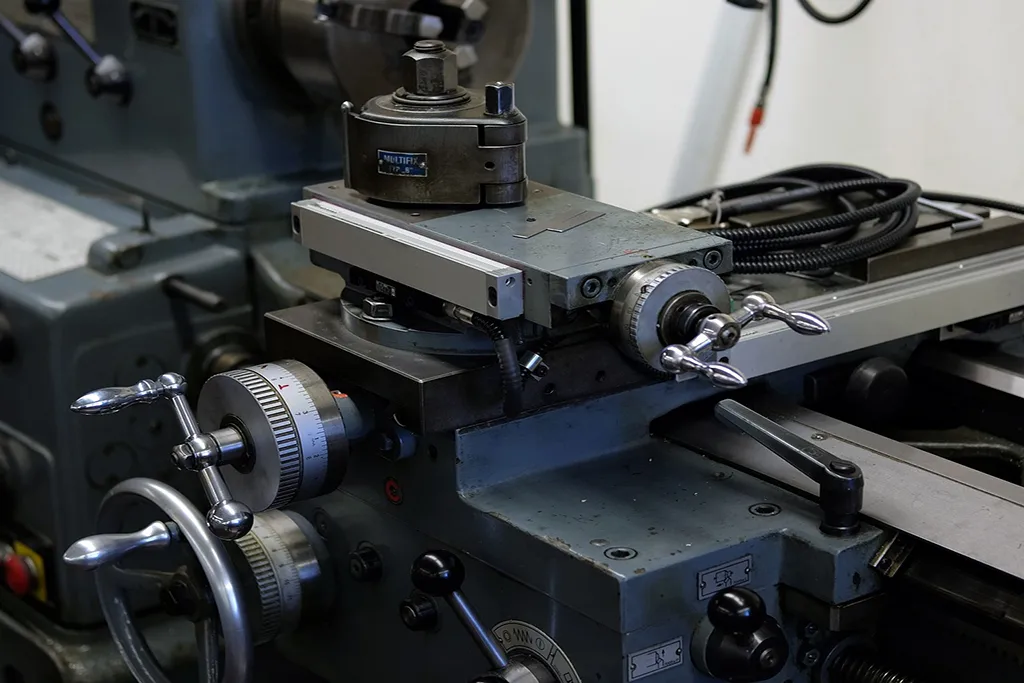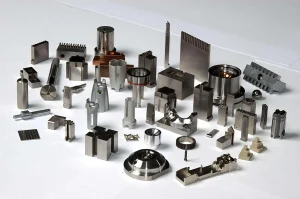Injection molding, as the core link in the production process of plastic products, the whole process is finely divided into four stages: filling, holding pressure, cooling and demolding. These four stages have their own characteristics, and they work together to shape the final quality and performance of injection molded products. Next, let’s explain these four crucial stages one by one.

1.Filling stage
The filling stage marks the official start of the injection molding process. In this crucial starting link, the molten plastic will be quickly injected into the mold cavity under the action of high pressure. The filling speed and the time required are the key factors that determine the quality of the product.If the filling speed is too fast, the gas in the mold may not be discharged in time, forming bubbles; if the filling speed is too slow, the plastic may be cooled in advance in the mold, affecting the integrity of the product. Therefore, controlling the parameters of the filling stage is crucial to obtain high-quality injection molded products.
2.Holding pressure stage
After the filling process is completed, the crucial holding pressure stage is immediately entered. During this critical period, the injection molding machine will unremittingly apply a stable and constant pressure to the mold to ensure that the plastic melt inside the mold cavity can always maintain an extremely tight and highly compacted excellent state.
The core purpose of this step is to prevent unnecessary voids from forming due to natural shrinkage during the subsequent cooling and solidification process of the plastic, which may seriously weaken the density and overall strength of the product. In order to achieve the best processing effect, the length of the holding time and the amount of pressure applied need to be carefully adjusted and optimized according to the specific type of plastic, the complex structure of the mold and the specific requirements of the product.
3.Cooling stage
The cooling stage is one of the most critical links in the injection molding process. During this stage, the plastic melt in the mold will gradually cool and solidify. The speed and uniformity of cooling directly determine the dimensional stability and surface quality of the product. If the cooling speed is too fast, it may cause stress inside the product and affect its performance; if the cooling speed is too slow, it may extend the production cycle and reduce production efficiency. Therefore, during the cooling stage, it is necessary to strictly control the temperature of the mold and the flow rate of the cooling medium to ensure that the product can be cooled evenly and quickly.
4.Demolding stage
After the plastic is completely cooled and solidified, the demolding stage begins. In this stage, the mold will slowly open, and then the product will be ejected or pulled out of the mold. The difficulty of demoulding is affected by multiple factors such as mold design, product structure and plastic shrinkage. Therefore, the key to preventing product damage is to reasonably design the demoulding slope and ejection mechanism, and accurately control the temperature and time of demoulding.
In summary, the entire process of injection molding consists of four stages, each of which has its own unique characteristics and requirements. To ensure that high-quality and high-performance injection molded products are finally obtained, strict control and management of various parameters and conditions in each stage must be implemented. If you are looking for a professional injection molding service provider, you may consider Rapid Efficient, who will provide you with high-quality services and satisfactory products.






